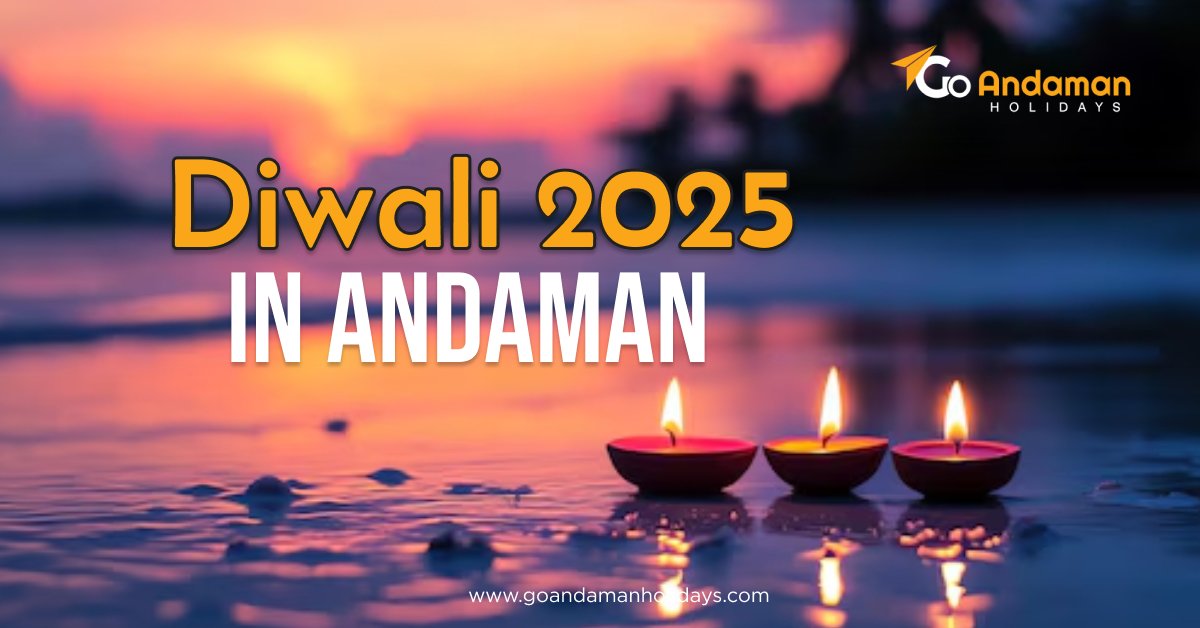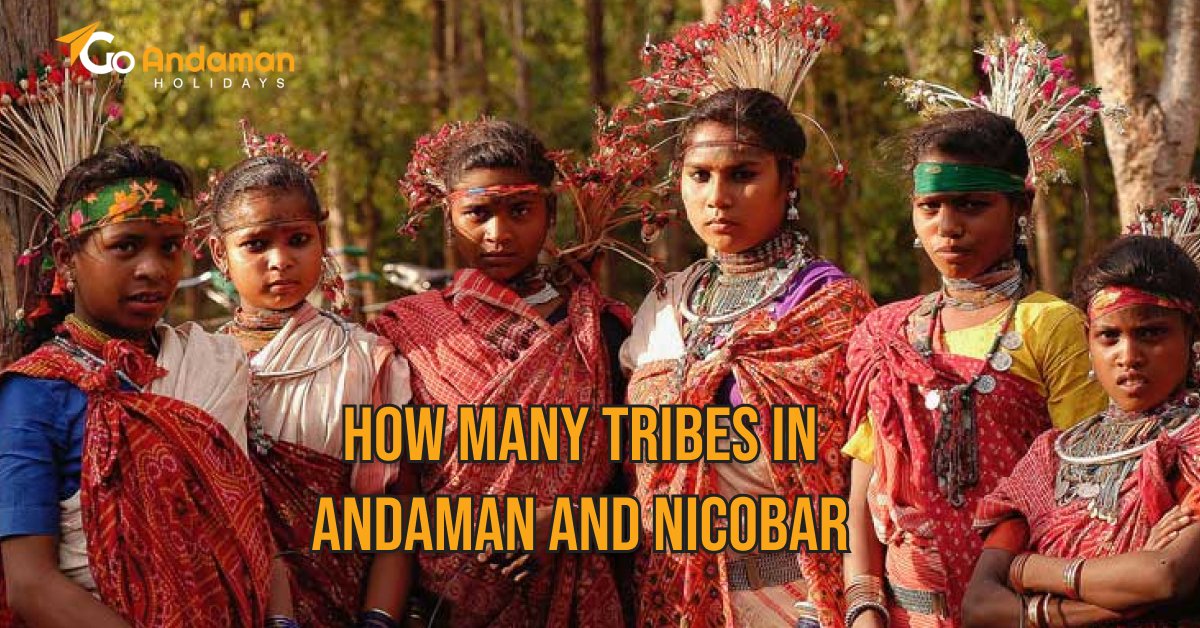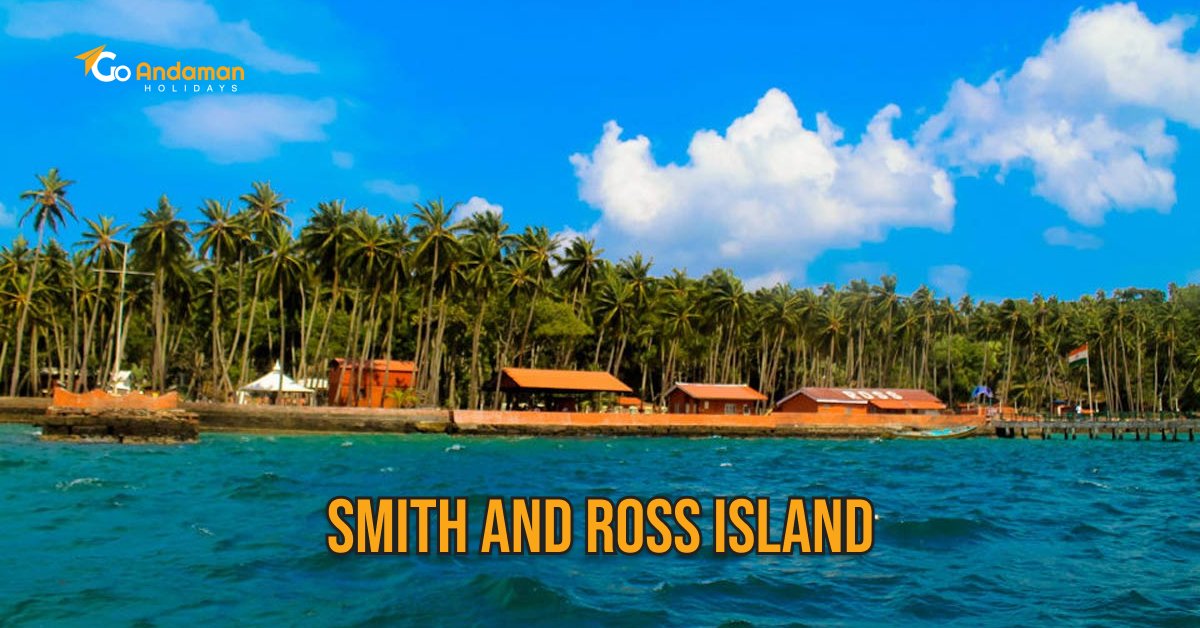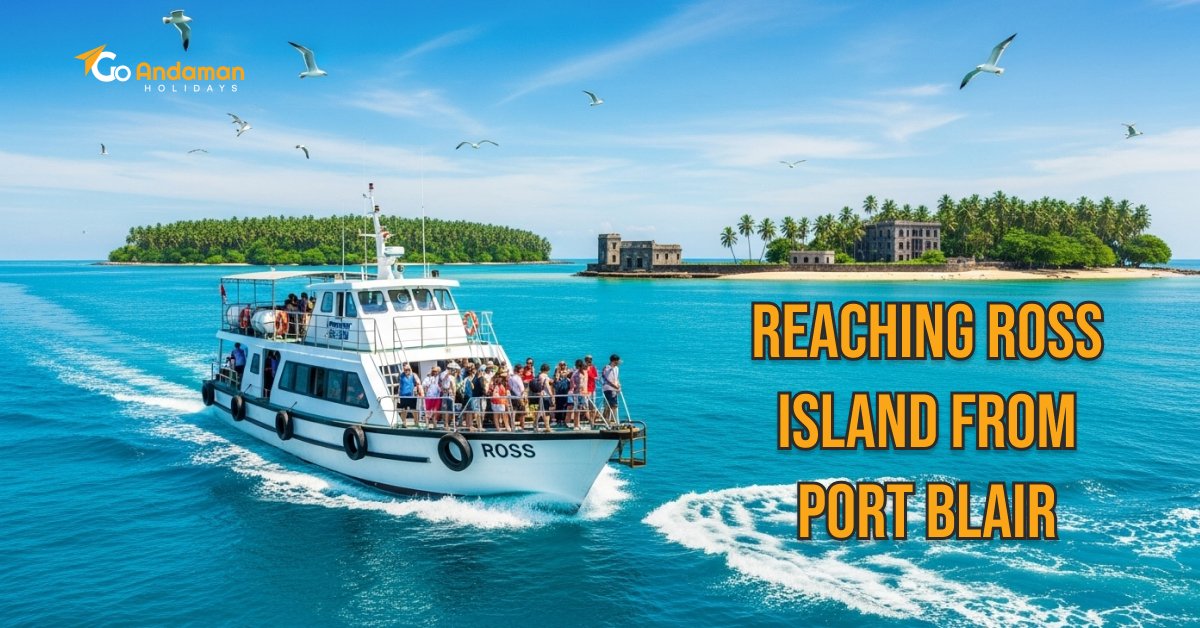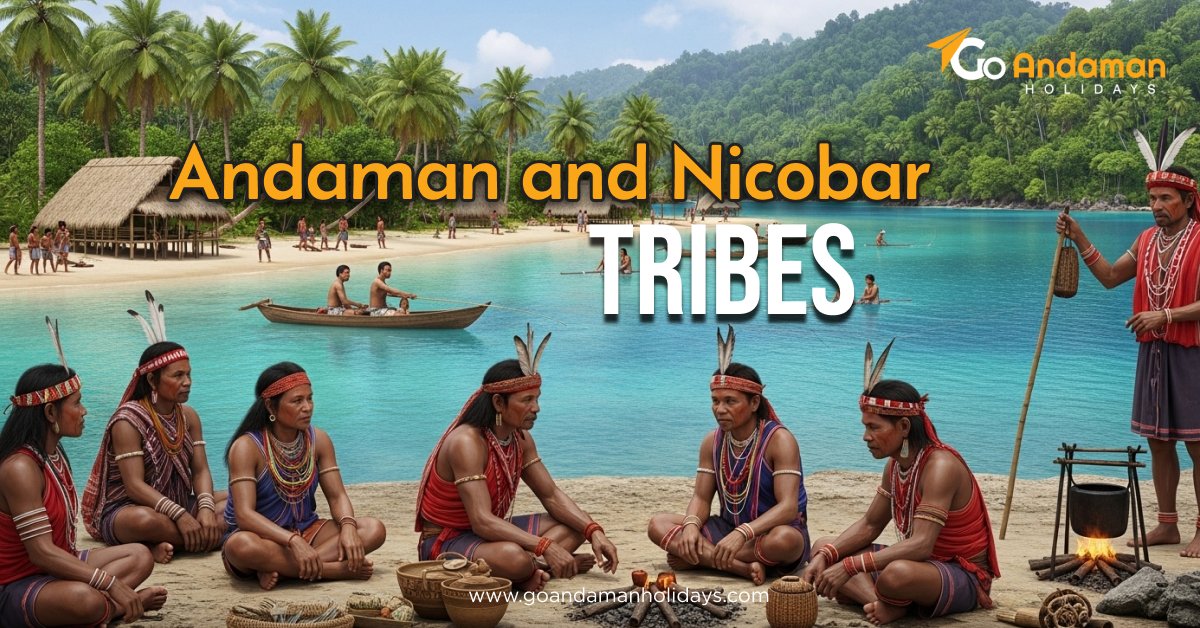
- Suresh Kumar
- 13-10-2025
- 0 Comments
Andaman and Nicobar Tribes: History, Culture, and Traditions
The Andaman and Nicobar Islands, one of the most beautiful parts of India are famous for blue water and clean beaches and green forests and peaceful nature but the islands are not only about nature. They are also home to some of the oldest people in the world. These are nthe Andaman and Nicobar tribes. They have lived here for thousands of years and they still follow their own way of life.
In this article we will learn about the history and culture and traditions of the Andaman and Nicobar tribes. We will see how many tribes live here and what makes them different and why they are important for India and the world. We will also see how travelers can explore the islands with the help of Go Andaman Holidays in a safe way.
Introduction to the Tribes of Andaman and Nicobar Islands
- When people ask how many tribes in Andaman and Nicobar the answer is six. They are divided into two groups.
- If you are wondering about the indigenous tribes of the Andaman island alone, then you would find roughly three tribes which are the great Andamanese and Onge, the Sentinelese, and the Jarwa.
- Now, the Nicobar island is also home to a few tribes, amongst them Nicobarese and Shompens are the most prominent two.
- All of them are part of the list of tribes in Andaman and Nicobar Islands and each tribe has its own food and language and clothes and customs.
- The Andaman tribes are very old. Scientists believe they came from Africa more than sixty thousand years ago but the Nicobar tribes are different because they are linked with people from Southeast Asia. This shows that the islands were connected to other regions in history.
History of the Andaman and Nicobar Tribes
- The history of these tribes is very long. For thousands of years they lived in isolation. They did not meet outsiders. They hunted in the forests and fished in the sea and lived simple lives.
- When outsiders like sailors and traders and later the British came to the islands the lives of the tribes started to change. Some tribes met outsiders but others like the Sentinelese never allowed any contact.
- During British rule many prisoners from India were sent to the islands. This brought new diseases and problems. The tribes could not fight these diseases and many died. Their land was also taken away for new settlements.
- Today there are laws made by the government to protect them so that outsiders do not disturb them. Well, there are enough reasons for that, because even though Nicobarese people are generally friendly, all the other tribes are not. On the contrary, Sentinelese are not very friendly and can get aggressive if you try to interact, so I would suggest follow the rules for your own wellbeing.
Culture and Traditions of the Tribes
You might be wondering about the traditions, rituals and cultural believes of the tribal people in the islands, well, then I have a good news for you. Because each of the tribes are not just unique and different from the other, but they are also very different in terms of their traditions.
Great Andamanese
They were once the largest tribe but now only a few families remain. They eat fish and crabs and forest food.
Onge
Have you heard about the Little Andaman Island? Well, the Onge people stay in that land, and their livelihood solely depends of gathering food and hunting. Simple way of living is the basic culture that abides the Onge people.
Jarwa
They are the most popular tribes, and I am sure you have heard about them somewhere. The middle and south Andaman forest sections are home to these people. They live in isolation, use bows and arrows for hunting, collect fruit, and that is more or less the tradition and culture followed by them.
Sentinelese
These are probably the scariest tribes amongst all the other tribes in the Andaman and Nicobar Islands. They tend to attack anyone who even gets near to the North Sentinel Island, their home. You might have heard stories of people who went missing when they tried to reach the island. Believe it, for your own good.
Nicobarese
Amongst all the other tribes in the archipelago, these are probably the most civilised and open tribes. They grow crops, bananas, and coconut for their living, they even built their house on stilts. They are friendly, so there’s no threat if you get near.
Shompens
Shompens are also hunter-gatherers like the rest of the tribes. They reside in the interior of Great Nicobar Island. These people live a semi-nomadic life and stay in isolation voluntarily.
Social Life and Beliefs
- The tribes live very close to nature. They live in small groups or villages. They share food and help each other.
- They believe in the sea and the forest and the animals. They think nature gives them everything they need. They have songs and dances and small festivals. They use tools made of wood stone and shells.
- The Nicobarese celebrate festivals with dance and music. They exchange coconuts and pigs as gifts. The Jarwa and Onge live quietly and avoid outsiders.
Challenges That the Tribes Face
Today the tribes face many challenges.
- Loss of land due to new towns and houses
- Diseases from outsiders
- Decline in population
- Pressure from tourism and development
- Risk of losing their culture and language
The government of India has made strong rules to protect them. Nobody is allowed to enter tribal areas. The Sentinelese are fully protected and no one is allowed to disturb them.
Why the Tribes Are Important
Some of the tribes have lived for a long time on Earth. They are usually studied by scientists and historians to know how humans lived in the earlier periods. However it is also very important to respect their privacy and so tourists are often advised not to interact with them and there are laws protecting their privacy.
Travel and Tourism
- Tourists cannot meet the tribes but they can still learn about them. Museums in Port Blair show their history and culture. Tourists can also visit safe areas near their land but only from a distance.
- The islands are also famous for beaches and forests and water sports in Andaman like scuba diving and snorkeling and sea walk. At the same time travelers can respect the tribes and their culture.
How Go Andaman Holidays Helps Tourists
- If you are planning a trip to the islands it is better to travel with a trusted company like Go Andaman Holidays. They are an expert Andaman travel agent and they know all the rules.
- Go Andaman Holidays can plan your trip. They book your Andaman ferry cab service and hotel. They also explain the culture and history of the Andaman and Nicobar tribes.
- With Go Andaman Holidays you can enjoy water sports in Andaman and visit beaches and explore islands and learn about tribal culture in a safe way. They make your holiday easy and stress free.
FAQs
Q1. How many tribes in Andaman and Nicobar?
Ans- There are six. Great Andamanese Onge Jarwa and Sentinelese in Andaman. Nicobarese and Shompens in Nicobar.
Q2. Can tourists meet the tribes?
Ans- No. Tourists cannot meet them. It is not safe and it is not allowed.
Q3. Where can I learn about the tribes?
Ans- You can visit the Anthropological Museum in Port Blair. You can also see exhibitions run by the government.
Q4. Why are the tribes important?
Ans- They are some of the oldest people in the world. They show how humans lived long ago.
Q5. What problems do the tribes face?
Ans- They face loss of land and new diseases and falling population and loss of culture.
Q6. Are the tribes friendly?
Ans- Some like the Nicobarese are friendly. Others like the Sentinelese do not allow contact.
Q7. Can I visit tribal areas?
Ans- No. Tourists are prohibited from entering tribal areas. You can only see safe places near them with a travel agent.
Q8. How does Go Andaman Holidays help?
Ans- They plan your trip and book ferries and hotels and cabs and guide you about culture and safe travel.
Conclusion
The Andaman and Nicobar tribes are some of the oldest people in the world. Each tribe has its own lifestyle and traditions. They live close to nature and keep their customs alive.
Even though they face many problems today they are still very important. They remind us of the early life of humans and the link between people and nature.
Tourists cannot meet them but can learn about them in museums and cultural centers. With Go Andaman Holidays you can enjoy the islands and do water activities and also respect the culture of the tribes.
The Andaman and Nicobar Islands are not only about beaches and blue water. They are also about people who have lived here for thousands of years and still follow their own way of life. This makes the islands very special.

